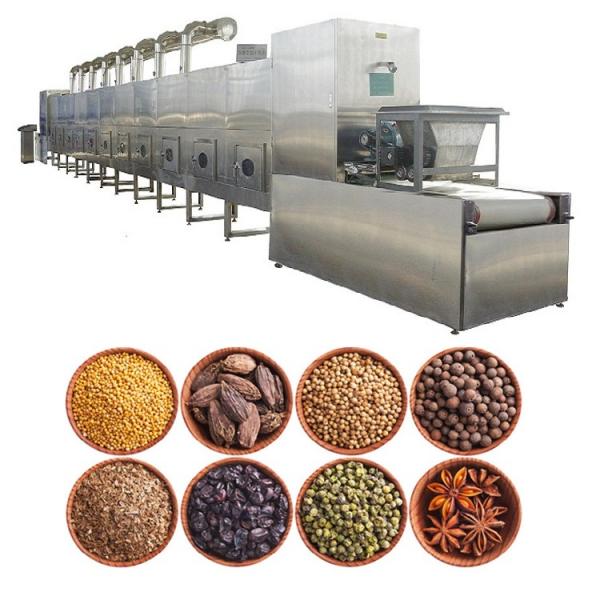Grain drying is method of drying grain to stop spoilage throughout storage. The grain drying represented during this article is that which uses fuel- or electric-powered processes supplementary to natural ones, as well as swathing/windrowing for drying by close air and sunshine.
Hundreds of millions of tonnes of wheat, corn, soybean, rice and different grains as sorghum, sunflower seeds, rapeseed/canola, barley, oats, etc., are dried in grain dryers. Within the main agricultural countries, drying contains the reduction of moisture from about 17-30% w/w [clarification needed] to values between eight and 15%w/w, looking on the grain. The ultimate moisture content for drying should be adequate for storage. A lot of oil the grain has, the lower its storage moisture content is (though its initial moisture for drying will be lower). Drying is carried out as a requisite for safe storage, so as to inhibit microbic growth. However, low temperatures in storage are extremely suggested to avoid degradative reactions and, especially, the expansion of insects and mites. a decent maximum storage temperature is regarding eighteen °C.
The performance of a drier are often simulated with computer programs supported mathematical models that represent the phenomena concerned in drying: physics, physical chemistry, thermodynamics, and heat and mass transfer. Most recently computer models are used to predict product quality by achieving a compromise between drying rate, energy consumption, and grain quality. A typical quality parameter in wheat drying is bread creating quality and germination percentage whose reductions in drying are somewhat connected.
Drying starts at the bottom of the bin, that is the primary place air contacts. The dry air is referred to by the fan through a layer of wet grain. Drying happens in a layer of one to two feet thick that is termed the drying zone. The drying zone moves from the bottom of the bin to upper part, and once it reaches the very best layer, the grain is dry. The grain below drying zone is in equilibrium moisture content with drying air, which implies it’s safe for storage; whereas the grain on top still requires drying. The air is then forced out the bin through exhaust vent.
- Allowable Storage Time
- Proper moisture levels for safe storage
- Equilibrium Moisture Content
- Temperature
- Aeration
The drying value is created from 2 parts: the cost of capital and also the operating expense. cost of capital is essentially rely upon the drying rate demand, and equipment value. operating expense refers to fuel, electricity and labor value. the number of energy needed to dry a bushel of grain is comparable for all the drying ways. Some ways rely mostly on natural air, whereas others might use lp heat or fossil fuel, that create energy price vary. Basically, fuel and electrical power are the foremost parts of the operating expense. Drying value is predicated on the B.T.U. consumption of temperature change from environment to desired one.
Classification of grain drying methods according to mode of heat transfer:
Storage drying methods
- Low-temperature drying
- Multiple-layer drying
Batch drying methods
- Bin batch drying
- Column batch drying
Continuous flow drying methods
- Cross flow drying
- Counter flow drying
- Concurrent flow drying
Applications of grain drying
- Sunflower drying
- Bean drying
- Corn drying
We at KERONE have a team of experts to help you with your need for drying of grains in various products range from our wide experience.

